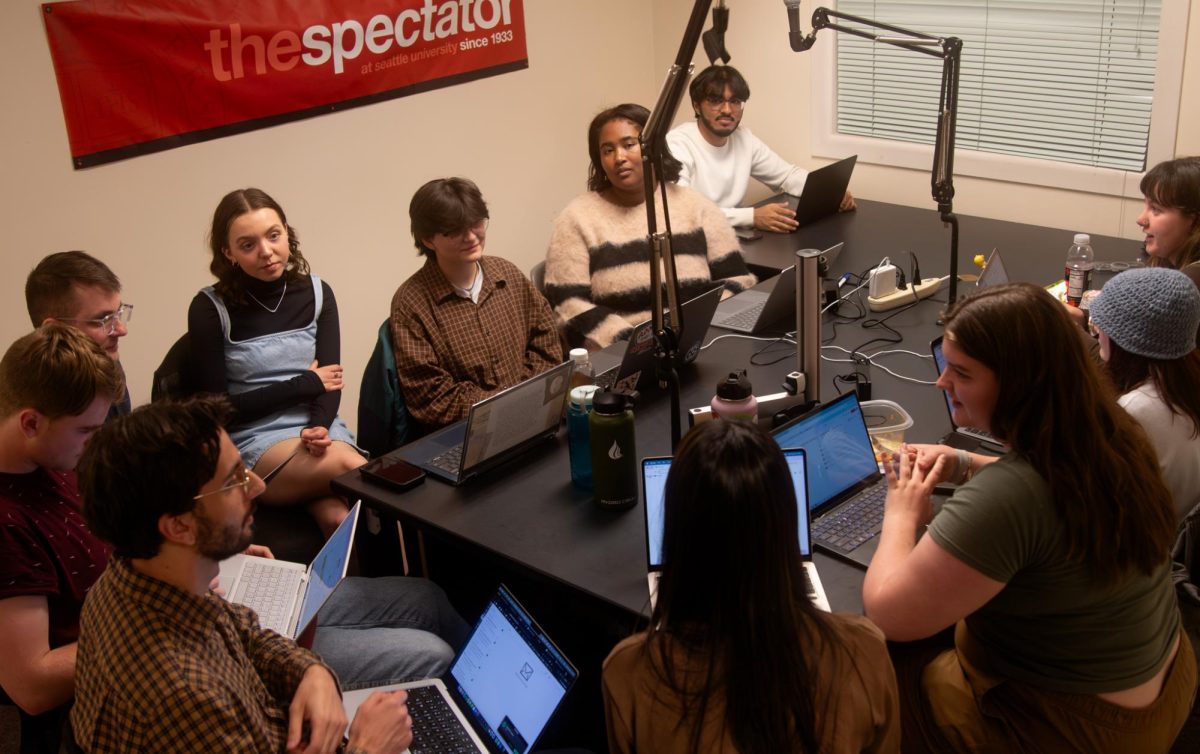Whether students are preparing for college or heading into their last year, they should always fill out the Free Application for Federal Student Aid (FAFSA), which they can do at FAFSA.gov. The FAFSA is used to award financial aid, grants, and work-study programs. Many students don’t fill out a FAFSA because they don’t think they’ll qualify, when in fact the opposite is true. For every student who fills out a FAFSA, almost all of them will qualify for federal loans, and 85% will qualify for some type of financial aid according to the National Center for Education Statistics.
Filling out a FAFSA can help determine whether students qualify for grant programs, scholarships, federal Pell Grants, federal student loans, and federal work-study jobs. Federal student loans have much lower interest rates and offer more consumer protections than private loans. Some student aid programs offer grants or scholarships the student won’t ever have to pay back.
The FAFSA4caster on the Federal Student Aid website helps students estimate their eligibility as well as help them understand their options for paying for college. All they need to do is provide basic information about themselves and their family, and the online survey will estimate their eligibility for federal student aid based on your answers. This estimate will be shown in the College Cost Worksheet that also provides estimated amounts of other student aid and savings that can go towards funding college education.
If students are interested in filing a FAFSA, there are some important dates they should keep in mind. Junior finance and marketing major Kristen Nielsen had some advice for students approaching the FAFSA.
“Do it [the application] as early as possible, and do it slowly because you can get more money than you think if you have all the correct information on hand the first time you fill it out,” she said
To be considered for financial aid eligibility, students must file a FAFSA every year. The FAFSA application is available every year on Oct. 1st and requires financial data from the last two years. Federal Student Aid, an office of the U.S. Department of Education, recommends and strongly encourages students to apply online, however paper applications are available.
The federal FAFSA deadline is every June 30, approximately nine months after the application is available. However, most universities have priority funding deadlines which are important because they typically are on a first-come, first-serve basis with extremely limited funding. Students who turn in their FAFSA to their university before the priority funding deadline have a higher probability of receiving grants and scholarships from the university itself, on top of their federal aid and other FAFSA grants and scholarships.
Seattle University’s priority funding deadline for the 2019-2020 school year is Feb. 1, 2019. Those who fill out their FAFSA and submit it to the university will be put on the waitlist to be considered for receiving funds on a fund-available basis. Students who submit the form after the deadline will still be considered, but only after those who submitted within the deadline timeline. These students will be seen on a first-come first-serve basis as well as on a funds-available basis.
According to the Federal Student Aid website there is no maximum income to qualify for aid. Instead, there are various factors, including family size and school year, which influence the aid amount given. In order to receive a FAFSA, everyone must meet the basic requirements to qualify for federal student aid, but additional eligibility requirements apply for some people and some situations, such as non-U.S. citizens, students with criminal conviction, or students with intellectual disabilities. Students who wish to verify that they qualify for aid should visit the “Who Gets Aid” tab of the federal student aid site.
Once students determine that they are eligible for a FAFSA, they will need to create an FSA ID, which is the username and password they will use to log into the U.S. Department of Education website. This allows students to access information about their federal aid for years to come. Next, students will need to gather information needed for the FAFSA application. This includes their social security card, driver’s license, all necessary tax information, and their current bank statements. Nielsen said that she had trouble filling out her FAFSA application for the first time due to not having all her parents’ tax information.
“My parents’ tax information wasn’t readily available for me, so I wasn’t able to fill out and file the application for my first year or receive any aid,” she said. “Learn from my mistake and plan ahead to make sure you have all of the things needed to fill out the application before it even opens so that when it does, you can file before everyone else.”
The application will then ask family-related questions, such as household size and financial information. Students shouldn’t be surprised if the form asks about how many siblings they have, their age, and future education plans. Next, the IRS Data retrieval tool allows students to transfer their tax return directly into the FAFSA form, which ensures all data is entered properly and thoroughly. Lastly, students will need to list all the schools they are interested in attending. Even if they have not applied, it is recommended that students still list the school—it is easier to remove schools from the application than it is to add new ones on.
Once the application is completed and submitted, it will be processed within seven to 10 days. In the meantime, students can submit any additional necessary forms; the colleges they are applying to may require additional paperwork or for them to review their Student Aid Report. Additionally, students should look over this report closely to make sure everything on the report is correct. Students can and may be required to update and verify that the information on their FAFSA form is correct. If this happens, they’ll be notified by the school and asked to submit follow-up documents—Seattle U requires students to verify their information through the Financial Aid Self Service Portal on SU Online and lastly, review their aid package and accept all of the grants and aid they can before they take out any student loans.
The editor may be reached at
[email protected]













